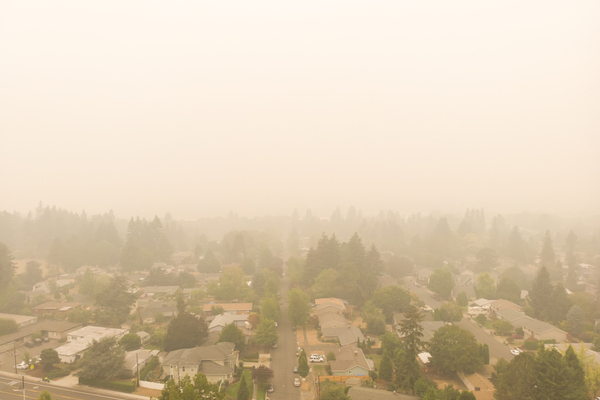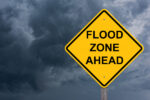 Smoke Blankets at least 7 States as Canadian Wildfires Burn Out of Control
Smoke Blankets at least 7 States as Canadian Wildfires Burn Out of Control
It feels like deja vu. Smoke from raging Canadian wildfires is once again worsening air quality in some U.S. states. Didn’t we just go through this last year? Or was it two years ago that wildfires in Canada raged out of control and smoke blanketed the northern states? Actually it was both 2023 and 2024. Feels like yesterday, or perhaps in our new climate reality, never ending.
As USA Today reports, parts of the Dakotas, Minnesota, Wisconsin, Illinois, Indiana, Ohio and other states were all experiencing levels of smoke particulates in the air deemed between moderate and unhealthy the morning of May 31, according to the national air quality map from AirNow.gov. Forecasters in Sioux Falls, South Dakota, said the smoke is expected to continue its track south through the Plains states.
Where are the Fires?
The smoke is pouring in from blazes in Canada, including in the provinces of Saskatchewan and Manitoba, where authorities said a combination of rising temperatures, winds and low humidity has spread active fires to thousands of acres. At least 17,000 people have been forced to evacuate.
Midwestern states including Wisconsin, Minnesota and Michigan are expected to feel the impacts of the smoke, which will cut across the central part of the country and reach parts of the East Coast later in the day, according to forecasters at FireSmoke Canada.
The impacted regions were also among those in the Northeast, Midwest and Plains that experienced unhealthy air quality in the summer of 2023 due to smoke from out-of-control fires in Canada at the time. Then, skylines in several major cities were blanketed by an orange haze and air quality was abysmal for millions of Americans.
Air quality alerts issued as US starts to see smoke
Minnesotans began to feel the impact from the Canadian wildfires on May 29, and authorities across the Midwest have issued air quality alerts. Periods of smoke will persist through at least June 2, the National Weather Service in the Twin Cities, Minnesota said.
An air quality alert was issued for the entire state of Minnesota through June 2, the Minnesota Pollution Control Agency said. People in sensitive groups such as those with lung disease or asthma, children and the elderly were cautioned that they could experience adverse health effects from the smoke.
Wisconsin’s Department of Natural Resources on May 30 issued an air quality advisory that expired after 24 hours on May 31, but warned that smoke impacts could persist beyond then and extend the advisory in some areas.
How to stay safe from wildfire smoke
If air quality worsens in your area due to wildfire smoke, it’s a good idea to limit time outdoors, experts say. The small particles in wildfire smoke can cause burning eyes, runny nose, scratchy throat and can affect the heart and lungs, making it harder to breathe. It can also cause headaches and bronchitis.
Avoid physical exertion, including indoors, if air quality becomes unhealthy. While inside, keep windows and doors shut. Leave off any air conditioning or fan systems that pull air from outside, and use air filters or air purifiers. If you can’t buy a commercial portable air filter, you can create your own. One example is the Corsi-Rosenthal box made from simple materials of an air filter, box fan and duct tape.
If you must go outside, you should wear a high-quality, well-fitting N95 or P100 respirator mask to protect yourself. Keep your trips outside short.
You should also watch out for your pets when air quality is bad because they can’t wear a respirator mask to protect themselves, but still may need to go outside. Keep their bathroom trips outside short, and watch out for signs of distress such as red or watery eyes and nose, coughing or gagging and increased respiratory rate.
You can monitor air quality in your area at AirNow.gov.
—
Photo Credit: Anton27 / Shutterstock.com







